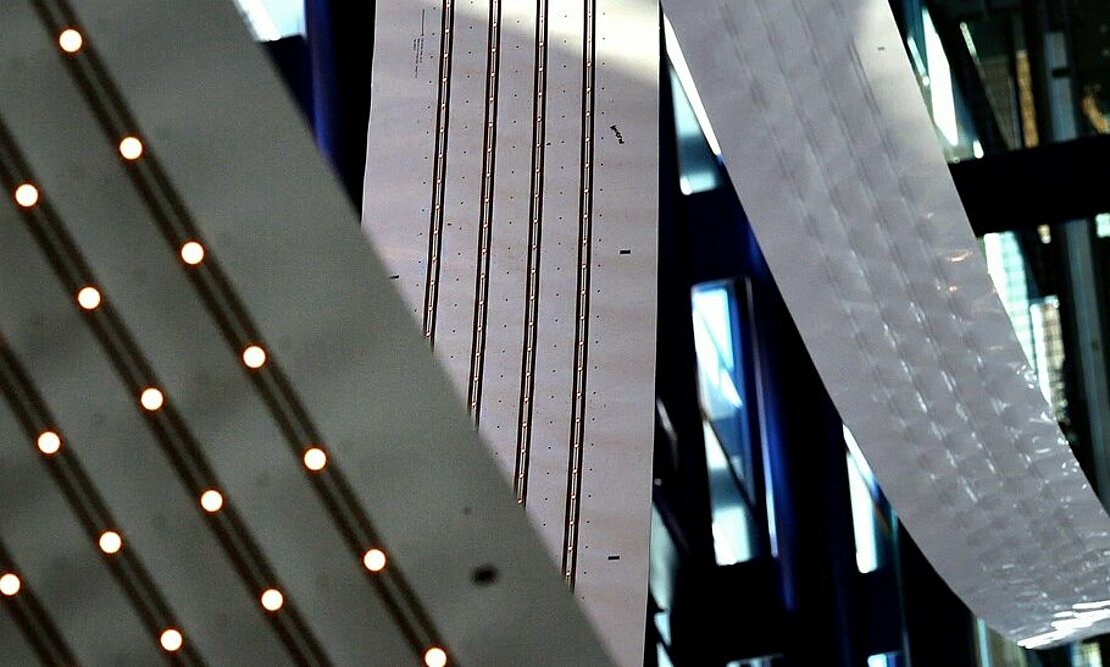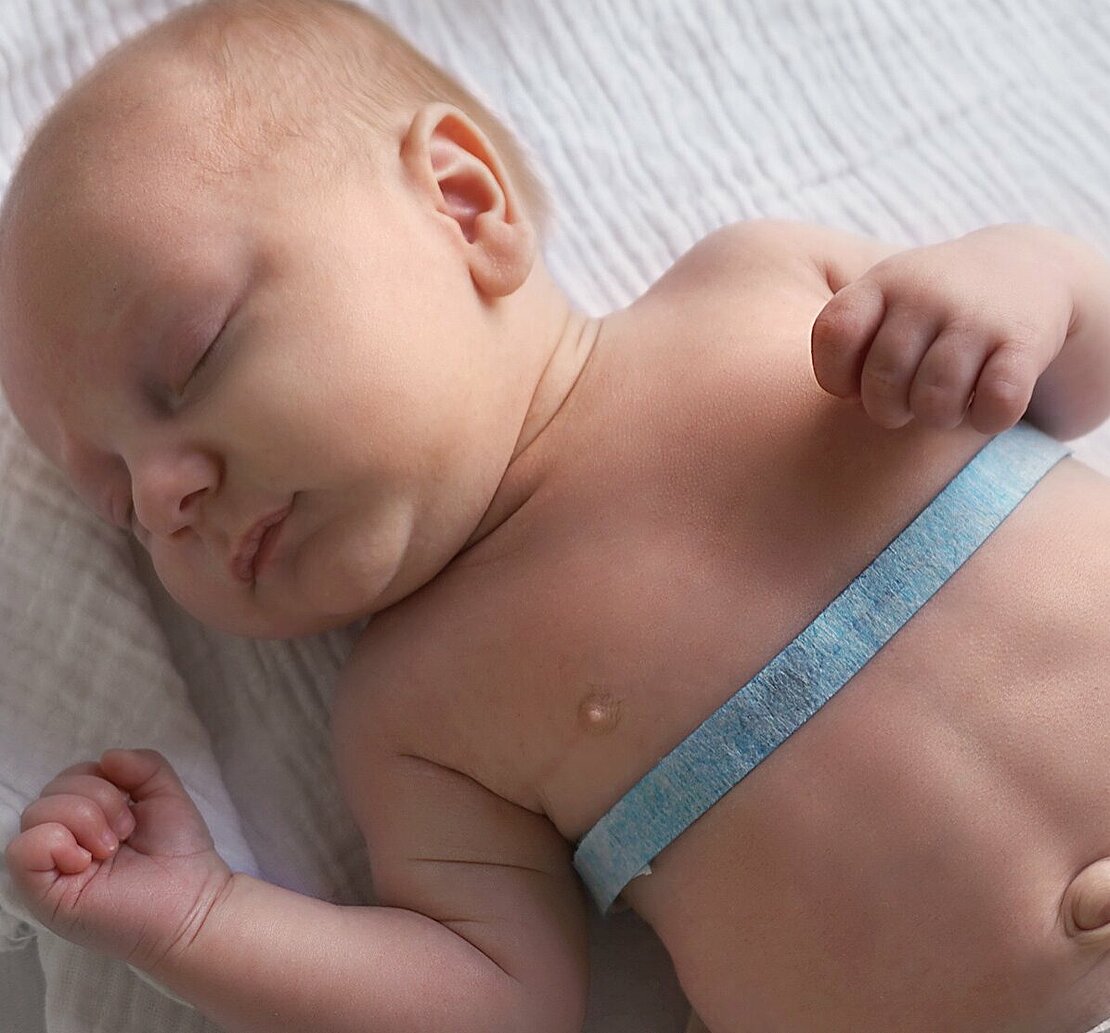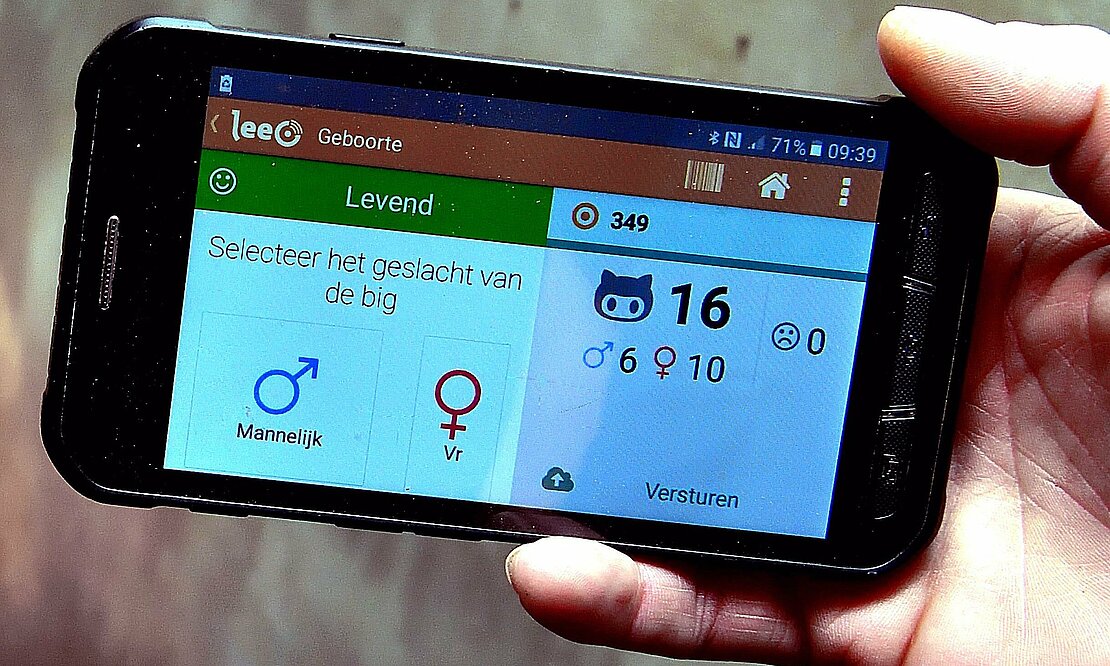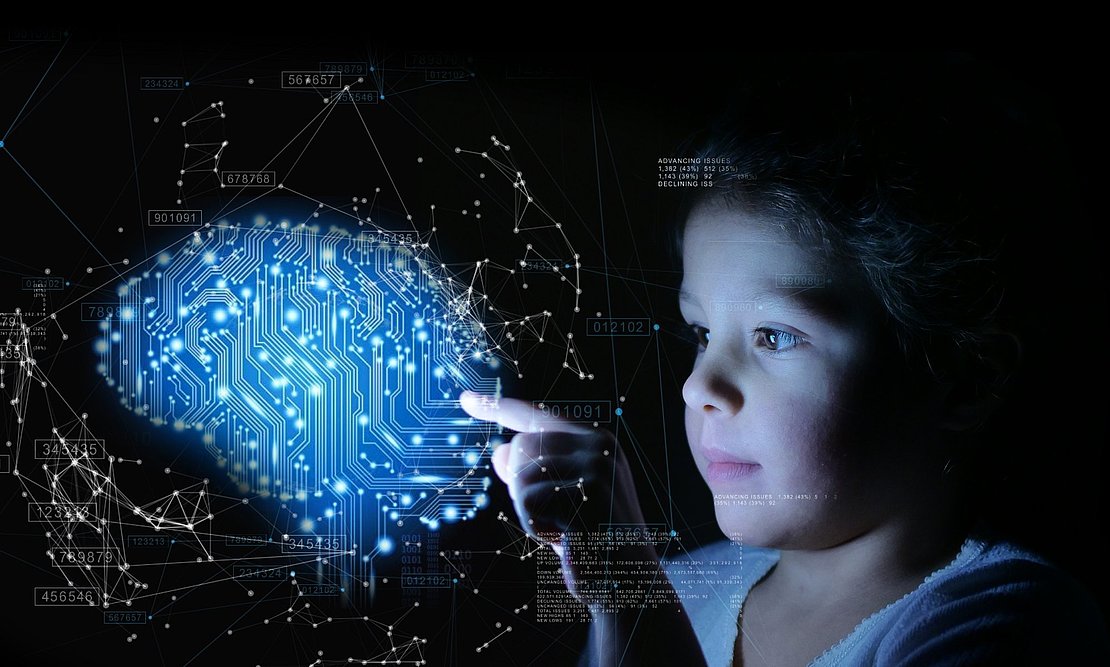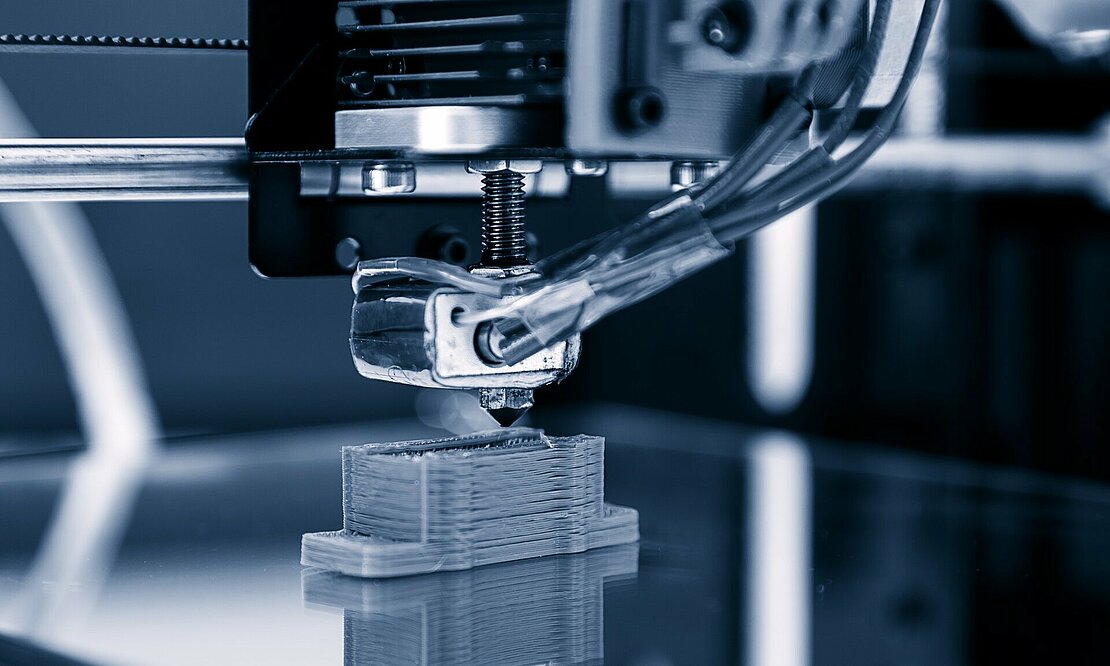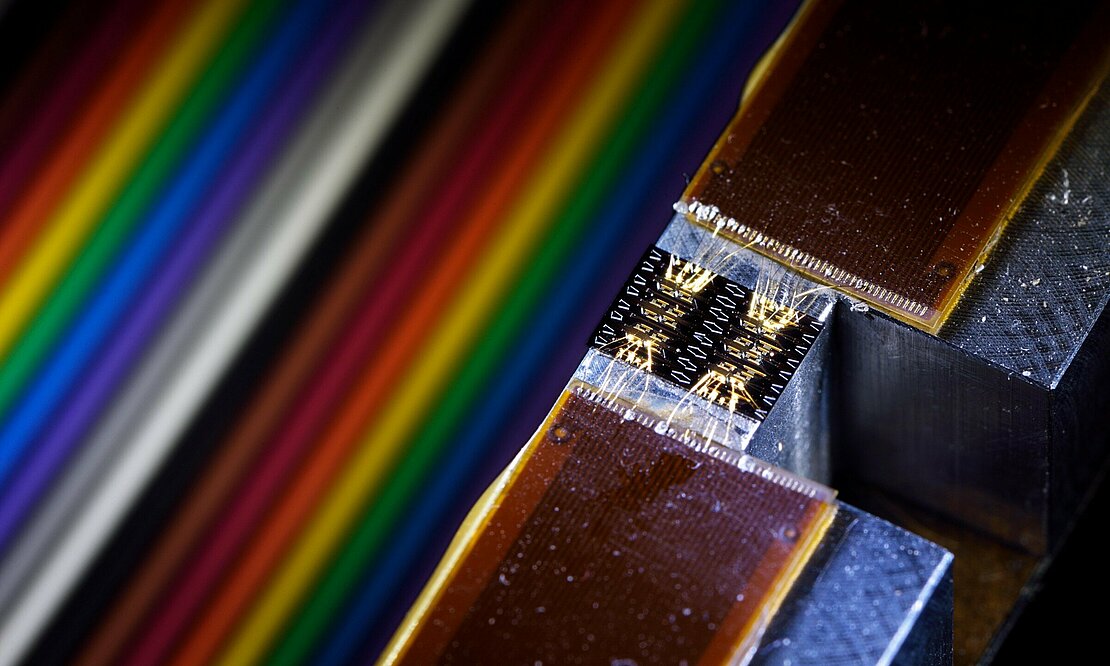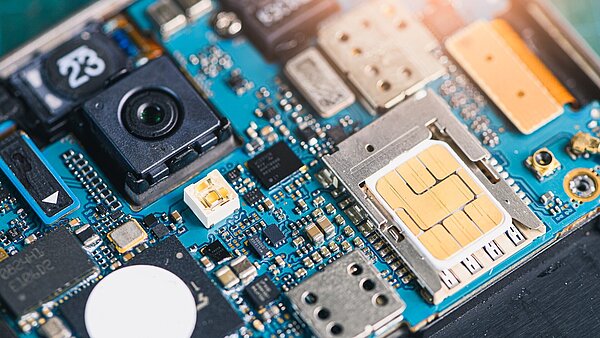
When little things matter
Monday morning, 7:15h. The alarm goes off. You jump into the shower, brush your teeth and make a cup of strong coffee. While you're taking a bite of your toast, you check the latest news on your tablet and open your mail on your smartphone. At precisely 8:00h, you step into your electric car and drive off to work. Do you realise that in the forty-five minutes described above, you used six different devices? And none of them would have worked without electronic components. It just goes to show how important micro and nano electronics are: tiny electronic components and systems that influence our daily lives nowadays.
It's difficult to imagine our day to day lives without micro and nano electronics. We've become more and more dependent on minuscule electronic components and systems. Microelectronics form the basis of the devices we use every day such as smartphone, coffee machine, fridge and computers. And don't forget your bank card. Without the chip on the card, you wouldn't be able to pay things (contactless).

The basis
New electronic components (chips) are needed because we want our devices to be faster, smaller, more powerful and most importantly, energy-efficient.This means that we need continued development of microelectronics. Within this technology, we research and work on improving the manufacture of electronically integrated circuits on a microscopic scale. The results are then collected on a chip that might be used in your smartphone, smartwatch or tablet or in electric cars, for example.

Medical world
Knowledge in the field of microelectronics is increasingly being applied to smaller and smaller components and circuits. That's why we call this technology nanoelectronics. The newest chips contain components which exchange data across 'threads' that are only a few dozen nanometres thick. To give you an idea: a human hair is about 80,000 nanometres thick. This technology is not needed for a new fridge, but for other devices and applications, nanotechnology does offer solutions.
Take for example the medical world, where they are already making grateful use of this technology. Nanotechnology makes it possible to transport substances to cancer cells in a targeted way and then either make them visible or disable them. Work is also being done on the 'lab-on-a-chip' which can be used to study biological processes on a tiny scale.
We expect nanotechnology to be applied more and more often in the future. In cars, for example, traffic systems, office buildings, foodstuffs and packaging.
Brainport Eindhoven
De Brainportregio is toonaangevend op het gebied van micro- en nano-elektronica. Daarvoor legde Philips de basis met haar vele spin-offs zoals NXP Semiconductors, FEI (tegenwoordig: Thermo Fisher Scientific) en ASML. Dat laatste bedrijf is vandaag de dag misschien wel de belangrijkste speler ter wereld als het gaat om micro- en nano-elektronica. ASML is namelijk de grootste leverancier van lithografiemachines. Met deze machines maken bedrijven als Samsung en Apple hun chips die gebruikt worden in al die apparaten.
Micro-Nanoelectronics examples from the Brainport region
Brainport Eindhoven
As well as ASML, there are dozens of businesses, knowledge and educational institutes in Brainportregio that are working on micro and nanoelectronics. The following are three striking examples:
Why does everything have to be faster, smaller, more powerful and more energy-efficient?
Can you remember your first mobile phone? Messages used up all the memory in no time and the battery needed recharging frequently. Nowadays, you save numerous photos and videos in it, you probably have lots of apps installed on it and you only have to recharge the battery once a day. Thanks to micro and nano technology, the processing power is becoming greater. That means you can do more and more with devices like this. Micro electronics also make it possible for multiple devices to communicate with each other and the Internet. And that makes even smarter applications possible: cars that connect to traffic systems (smart city), a chip in your body that collects data on your bodily functions and diseases, for example.
